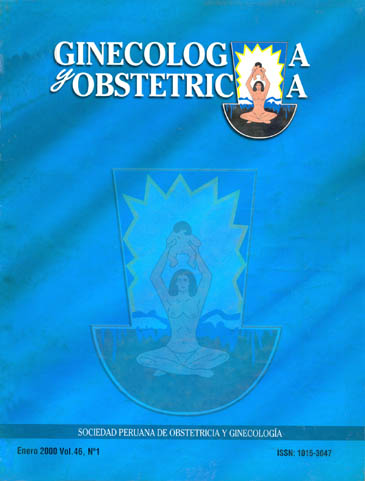Effectiveness of sublingual misoprostol orally compared to the third stage of labor.
DOI:
https://doi.org/10.31403/rpgo.v46i1387Abstract
To determine if sublingual misoprostol is more effective than orally administered during the third stage of labor. DESIGN: An experimental study was conducted. Prospective, transversal, comparative (two paired groups) court. LOCATION: Department of Obstetrics of the Regional Hospital of Trujillo, during the months of June to December 1991. MATERIAL: The sample consisted of 2 groups of 39 pregnant each selected sequentially, in which one of them received 200 ug of misoprostol sublingually (ground) and the other orally. Indicators to assess efficacy were misoprostol delivery time, the volume of bleeding and intensity of uterine contractions, as well as their side effects. RESULTS: For sublingual and oral, on average delivery times were 5.1 and 10.6 minutes, uterine bleeding of 170.4 and 266.9 ml and intensity of the contraction of 2.87 (+) and 1.28 ( +), respectively, the value of p <0.001. The most frequent side effects occurred with misoprostol sublingually and were fever and chills, and these transients. CONCLUSION: The sublingual misoprostol is more effective than orally administered during the third stage of labor highly significant. Reduces the delivery time and bleeding volume and produces a more intense uterine contraction.Downloads
Download data is not yet available.
Downloads
Published
2015-07-16
How to Cite
Alva, J., Alva, H., & Canales, J. (2015). Effectiveness of sublingual misoprostol orally compared to the third stage of labor. The Peruvian Journal of Gynecology and Obstetrics, 46(1), 53–58. https://doi.org/10.31403/rpgo.v46i1387
Issue
Section
Artículos Originales
















